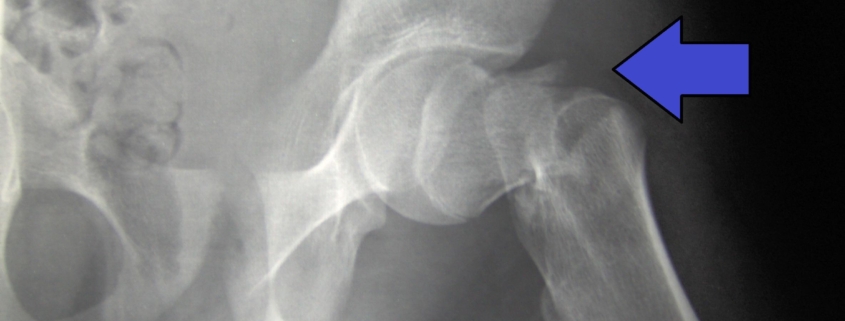
Compression Fixation for a Fractured Hip
Overview
Hip fractures are common and serious injuries, especially among older adults due to falls. A healthy hip joint consists of a ball and socket, formed by the femur, or thighbone, and the pelvic bone. When the top of the femur or “neck of the hip” fractures, it’s often treated with compression fixation. This procedure stabilizes the fractured bone using metal screws, helping the fracture to heal.
Types of Hip Fractures
There are three main types of hip fractures:
1. Femoral neck fractures: These occur in the ball and socket joint of the hip.
2. Intertrochanteric hip fractures: These occur just below the femoral neck.
3. Subtrochanteric hip fractures: These are fractures of the area a little further down the femur.
Your treatment will depend on the fracture location and the stability of the fracture.
Causes
Hip fractures are typically caused by falls, especially in the elderly who have weakened bones due to osteoporosis. Other risk factors include age, female gender, nutritional deficits, lack of weight-bearing exercise, certain medications, and conditions like rheumatoid arthritis or certain types of cancer.
Symptoms
If you’ve fractured your hip, you’ll likely experience:
1. Severe pain in your hip or groin.
2. Inability to put weight on your leg on the side of your injured hip.
3. Stiffness, bruising, and swelling in and around your hip area.
4. Shortening of the leg on the side of your injured hip.
5. Turning outward of your leg on the side of your injured hip.
Diagnosis
A hip fracture is typically diagnosed through a combination of physical examination, X-rays, or other imaging tests like MRI or CT scan.
Treatment Options
For compression fixation, screws will be placed across the fracture line to hold it in place while the fracture heals. This is usually done under general anesthesia or spinal anesthesia.
Alternatively, some fractures may need a hip replacement, including partial or total replacement.
Non-surgical treatments, which are less common, may include traction, casting, or brace.
Pain management and physical therapy will also be part of your recovery process, helping you regain strength and mobility.
Living With Compression Fixation for a Fractured Hip
During the recovery period, consider the following tips:
1. Follow your doctor’s instructions regarding weight-bearing activities.
2. Contact a physical therapist to develop a customized exercise program.
3. Eat a nutritious diet rich in calcium and vitamin D to promote bone health.
4. Take prescribed medications as directed.
5. Attend all follow-up appointments to monitor your progress.
When to Seek Help
After a hip compression fixation, seek immediate medical attention if you notice:
1. Increasing pain in your hip or leg.
2. Swelling, redness, warmth, or discharge at the surgical site.
3. Fever or chills.
4. Difficulty breathing or chest pain.
5. New numbness or tingling in your leg.
While recovering from a hip fracture can be challenging, with the right medical care, guidance, and a determination, you can regain mobility and return to your regular activities. Remember, the key to successful healing is early diagnosis, appropriate treatment, and dedicated follow-through with rehabilitation.
